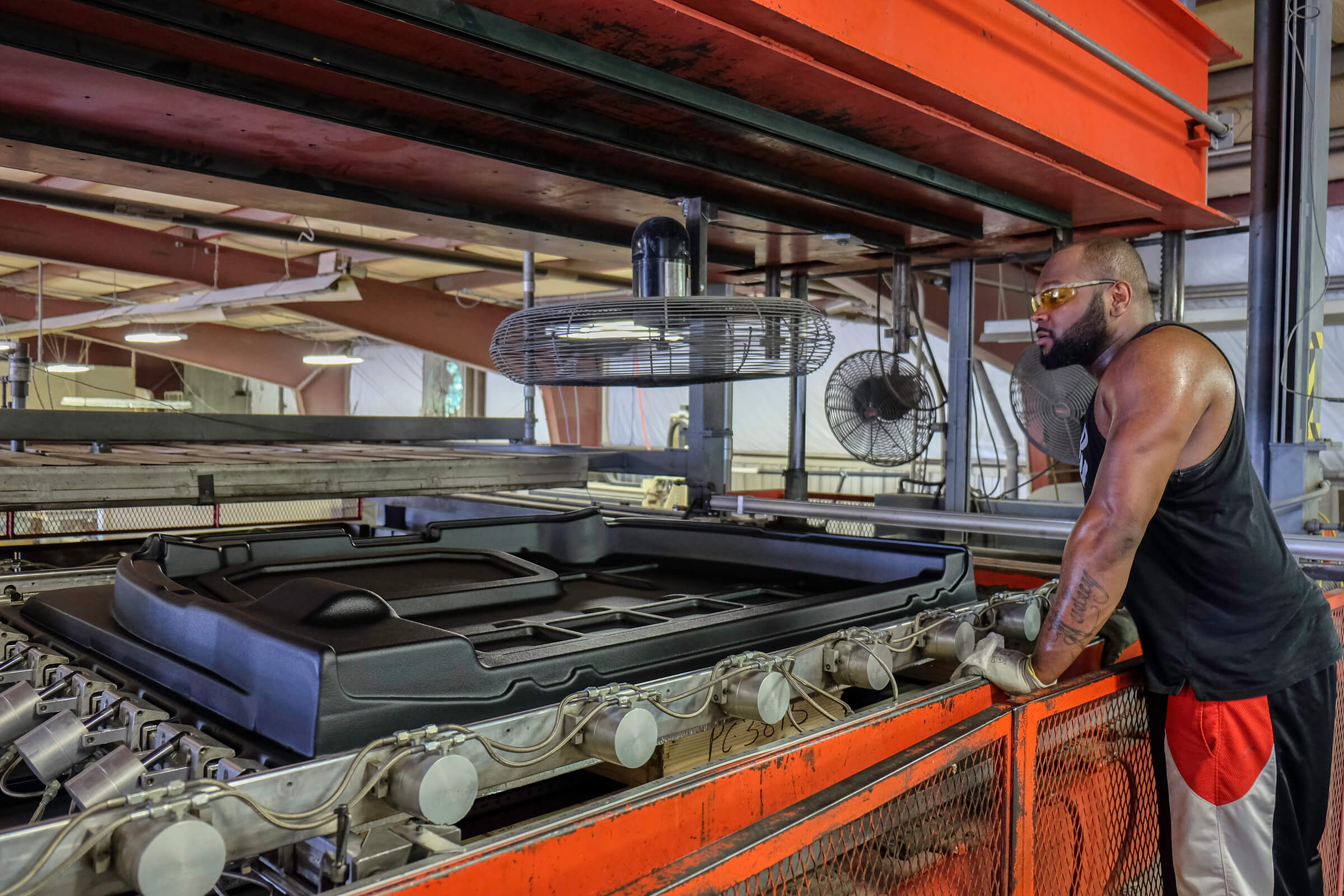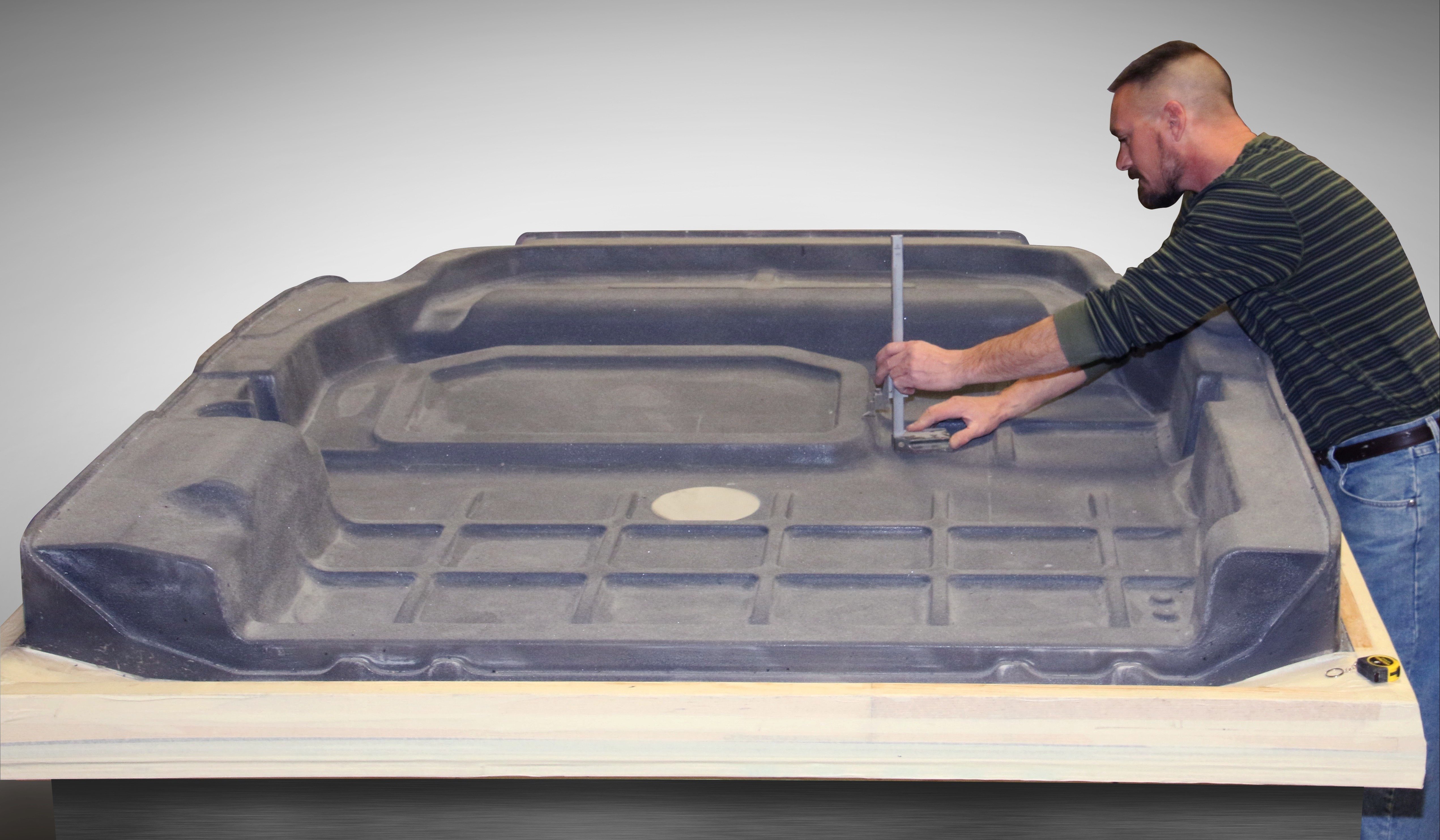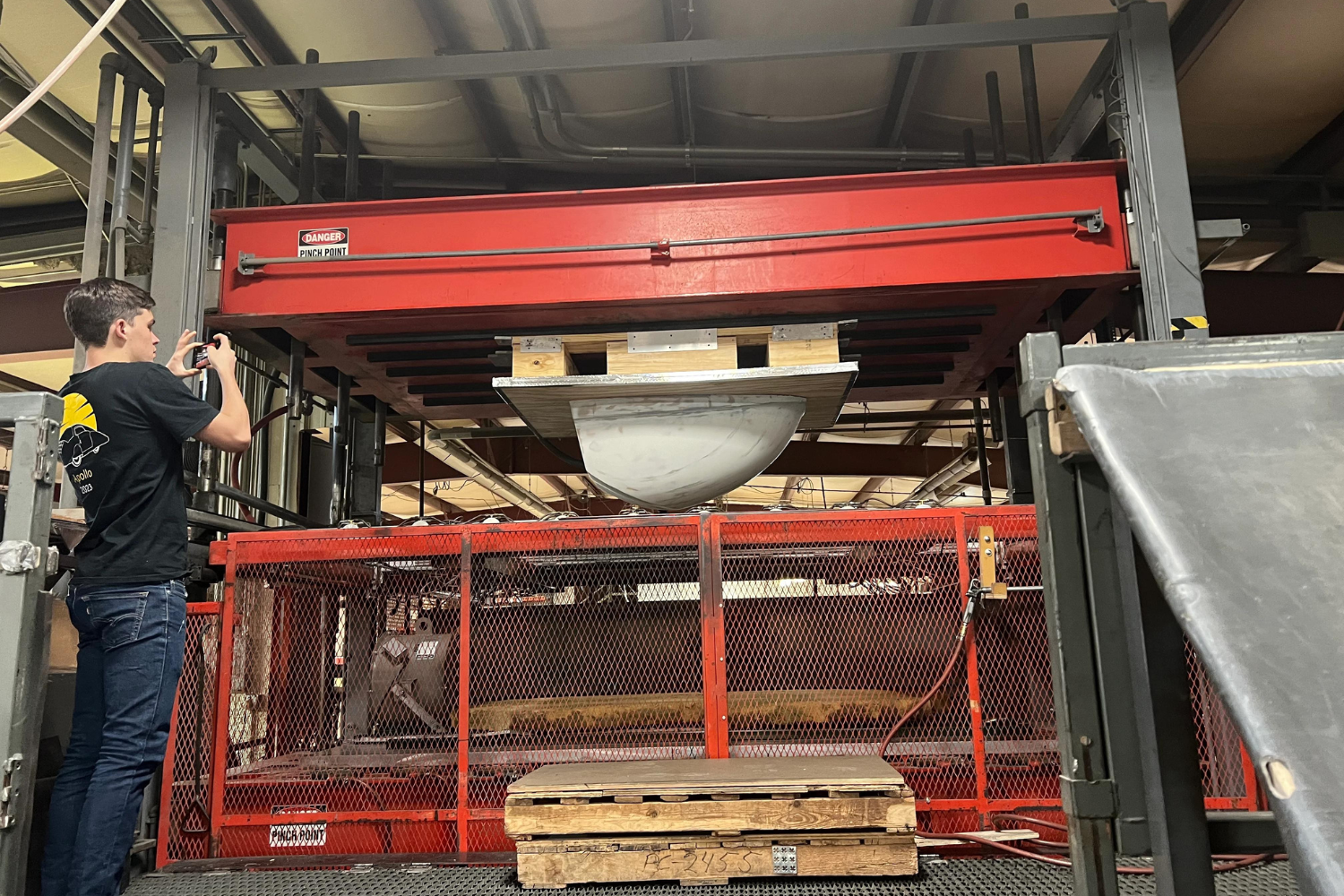Why Part Design Is Important In Thermoforming
Every engineering project starts with the same question: Can you make this part at the price we need, when we need it? For thermoformed components, the answer depends entirely on how well you understand design fundamentals before you request that first quote.
Poor part design creates a cascade of problems. You get inaccurate quotes because suppliers can't properly assess manufacturability. Design revisions multiply as you discover limitations late in the process. Your time-to-market stretches as tooling gets redesigned. What looked like a simple project becomes expensive and delayed.
Smart engineers prevent these issues by designing for thermoforming from the start.
Know Your Process Boundaries
Thermoforming has clear technical limits. Understanding them prevents costly surprises during development.
Size constraints matter most. Your part must fit within your supplier's forming envelope. A 7-foot component won't work on equipment that maxes out at 6x10 feet. Check forming capacity before finalizing dimensions.
Draw ratios determine feasibility. The depth-to-width relationship of your part affects both cost and quality. Parts requiring extreme stretching need specialized techniques and/or thicker materials that increase tooling complexity, cycle times, and raw material requirements.
Material selection drives everything. Not every plastic can be thermoformed effectively. Some materials can't achieve the required draw depth. Others can't be reground economically, affecting your per-part costs. High-performance polymers often require specialized equipment your supplier may not have.
Design for Accurate Quoting
Suppliers need specific information to provide meaningful quotes. Vague specifications generate vague pricing that rarely holds up during production.
Define your tolerances clearly. Thermoforming typically achieves +/- 0.060" on formed features, but tighter tolerances require additional operations. If you need +/- 0.010", say so upfront. Don't assume your supplier will guess your requirements.
Specify surface requirements early. Class A surfaces cost more than industrial-grade finishes. If you need automotive-quality appearance on the show surface but don't care about the back side, communicate that. It affects tooling design and material selection.
Consider secondary operations. Holes, slots, and complex trim profiles require CNC machining after forming. Assembly features like bosses or mounting tabs may need additional tooling. These details significantly impact cost but often get overlooked during initial quoting.
Avoid Design Revision Cycles
Most design changes stem from not understanding thermoforming fundamentals. Address these issues during your initial design phase.
Draft angles prevent problems. Thermoformed parts need draft to release from tooling cleanly. Plan for 3-5 degrees minimum on vertical surfaces. Steeper angles are better. Zero-draft designs require more complex tooling or secondary assembly.
Corner radii affect strength and appearance. Sharp corners concentrate stress and create weak points. They also cause material thinning during forming. Design generous radii - typically 0.125" minimum for structural integrity.
Wall thickness varies during forming. Unlike injection molding, thermoforming stretches material thinner in deep areas. The original sheet thickness becomes your maximum wall dimension. Areas that draw deepest will be thinnest. Plan your structural loads accordingly.
Accelerate Time to Market
Smart design choices speed up your entire development timeline.
Design for existing tooling when possible. If you can adapt your part to work with standard tool configurations, you eliminate custom tooling lead time. Can one molded shape be trimmed differently to work with multiple equipment applications?
Plan prototyping requirements. Thermoforming allows rapid prototyping with temporary tooling. Wood or composite molds can produce functional parts in 2-3 weeks versus 12-16 weeks for production aluminum tooling. Design your validation process to take advantage of this capability.
Consider manufacturing volume early. Low-volume parts (under 5,000 pieces) may work fine with less expensive tooling materials. High-volume production requires durable aluminum molds. Your volume projection affects both tooling cost and lead time.
Real-World Example
A heavy equipment manufacturer needed to replace a 718-pound steel belt guard that required a forklift to service. The original metal design couldn't translate directly to thermoforming without modifications.
The redesign process addressed thermoforming requirements upfront. Draft angles were added to vertical surfaces. Corner radii were increased for better forming. Mounting features were relocated to areas with adequate wall thickness.
Result: A 38-pound ABS guard that one person could handle easily. The supplier delivered first articles three weeks before a critical trade show because the design was right from the start.
Getting Started
Before requesting quotes, review your design against these criteria:
Does your part fit within standard thermoforming equipment sizes? Can it be formed with reasonable draw ratios using available materials? Do your tolerance requirements match process capabilities?
Have you specified surface finish requirements clearly? Are secondary operations like trimming and assembly identified? Do your volume projections match tooling recommendations?
Most importantly, can your supplier make the part you want at the price you'll pay while still maintaining their profit margins?
When you can answer these questions confidently, you're ready to get accurate quotes, minimize revisions, and accelerate your project timeline. Poor part design creates problems that multiply throughout development. Good design prevents them entirely.
The best thermoformed parts start with engineers who understand the process before they design the component.



